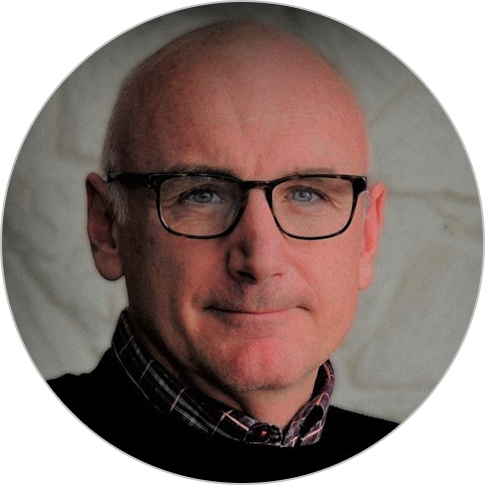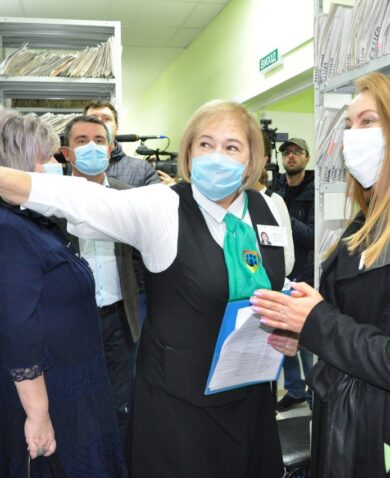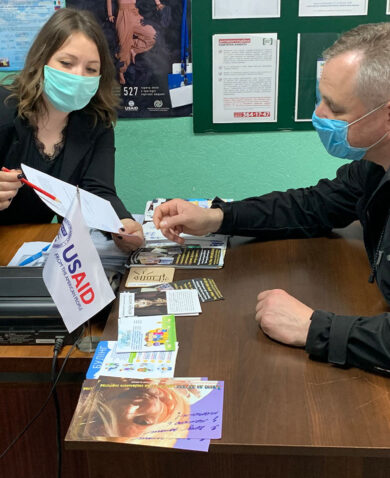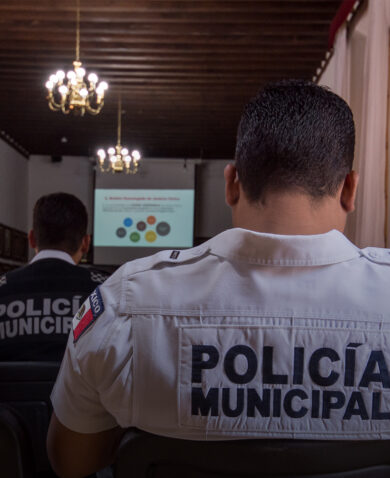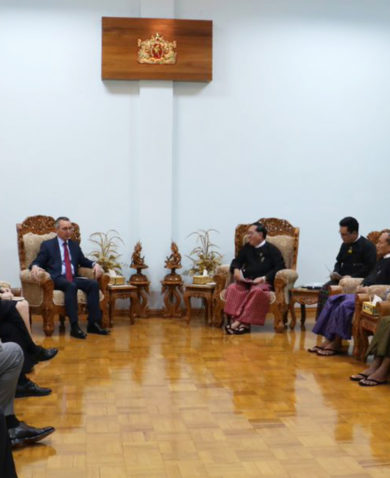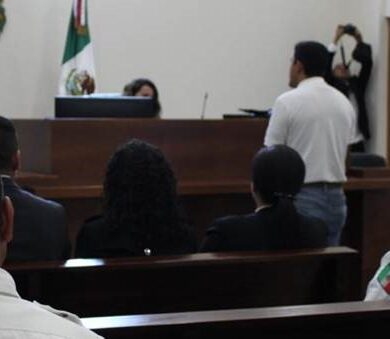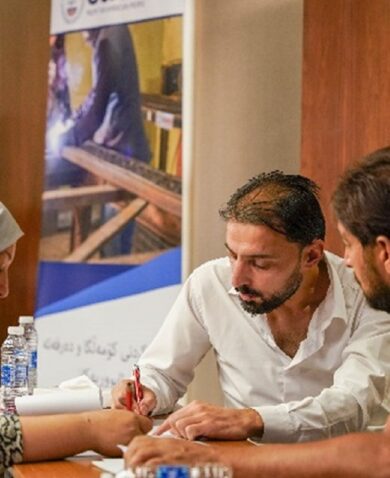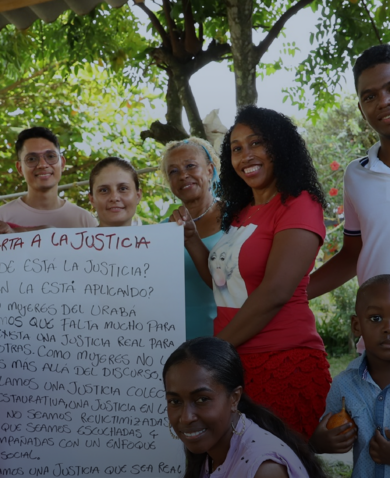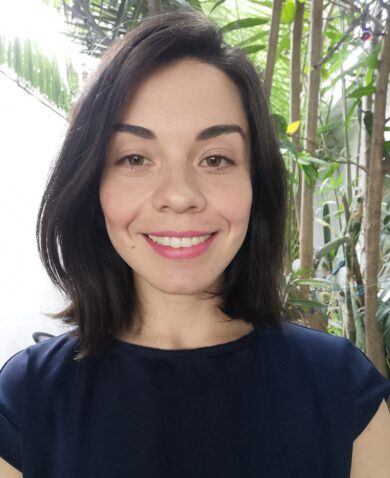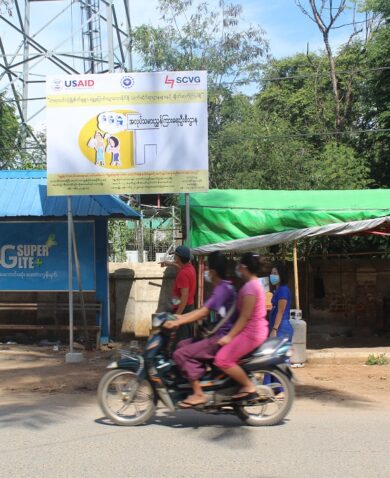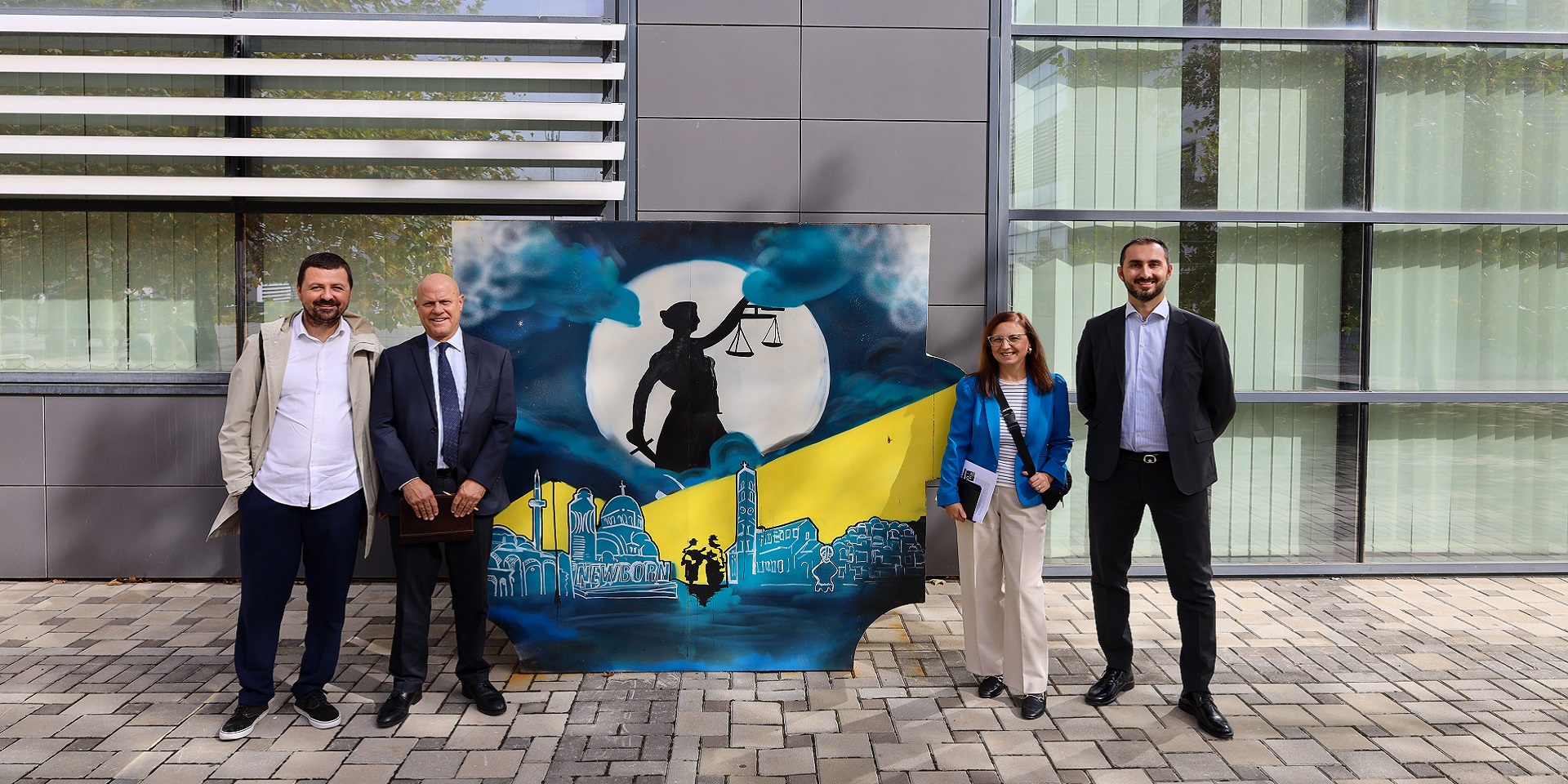
What’s Trending in the Rule of Law Sector
November 15, 2023 | 4 Minute ReadChemonics’ 7th annual Rule of Law Summit was a different kind of conference. We experimented with design and format to put learning at the center and fashioned a peer exchange that accelerated cross-project learning that is now on its way to implementation.
Instead of organizing events around report outs from projects, what if we started with a bold proposition: What could we do this year that would really help produce new insights and innovations in rule of law, citizen security, and transitional justice projects around the world, especially implementing an approach that puts people and their needs at the center of programs to promote justice and the rule of law (e.g., people-centered justice, or PCJ)? What could we do to foster learning across the board that will strengthen the impact of USAID’s rule of law programs globally?
This led to several other “what ifs” –
- What if… instead of having the technical experts just talk about their own projects …could we send everyone on study visits to observe a project with similar objectives but in a completely different context, and then ask them to look for what’s different, what’s familiar and – most importantly – what they could apply to their own projects?
- What if… instead of the usual study visit reports… we had early career staff interview the participants and ask questions that made them think about what they learned and its relevance?
- What if… instead of the usual panels where speakers talk at the audience and rely on PowerPoint presentations…. we had a series of witnessed conversations where our trip participants, technical experts, and other implementers really had to listen to each other, react in real-time to what they had heard, and weave their own experiences into a lively discussion?
- What if… instead of words… we had everyone present their ideas through the language of mime, motion, and modern dance.
Except for that last idea… we found that the Chiefs of Party (COPs), technical leads, program managers, and other stakeholders who design and manage our Rule of Law programs were eager to try new approaches and had a strong appetite for immersive and peer-to-peer learning.
Three Common Learning Questions
Through surveys, emails, and phone calls, we developed three common learning questions that were relevant to all our rule of law projects around the world: 1) what are the challenges associated with implementing people-centered approaches to the rule of law?; 2) how can rule of law programs support locally-led development and sustainability?; and 3) what are rule of law programs doing to foster learning and innovation?
Based on these learning objectives, we asked USAID rule of law projects in three countries – Colombia, Kosovo, and Mexico – to host site visits for mixed country teams who would engage in deep dives into their rule of law program, visit project sites, and meet with counterparts from government and civil society. In addition, travelling COPs presented their programs to their hosts and exchanged perspectives, ideas, and fieldcraft with their peers.
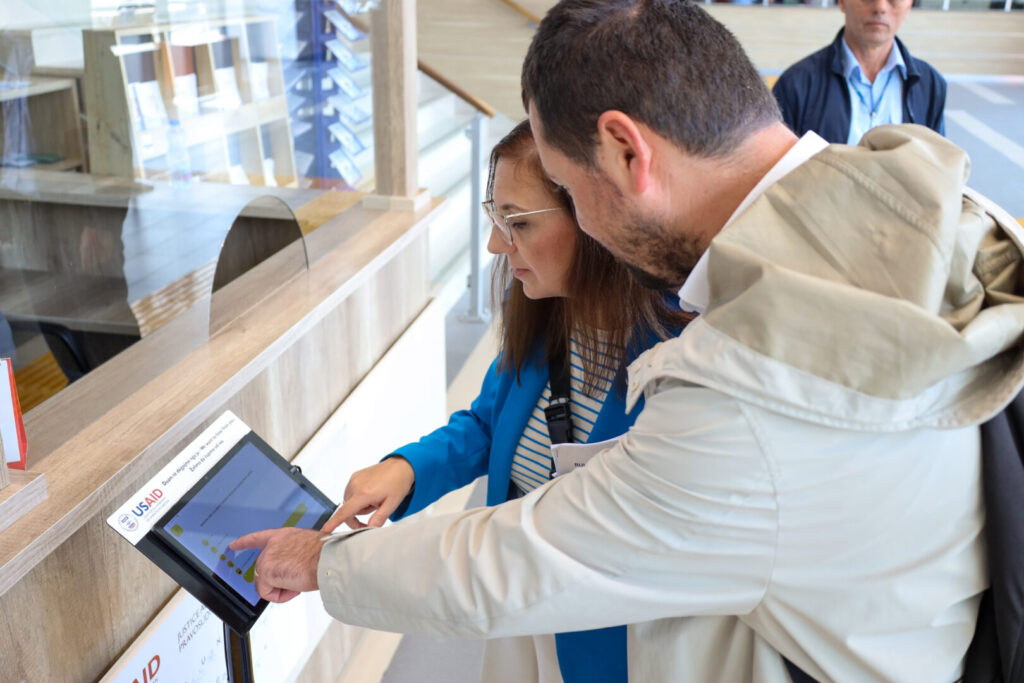
Analyzing the Responses
After the site visits, all the teams that participated attended Chemonics’ Rule of Law Summit in Washington, D.C. for a global exchange of their collective learning. At the summit, there were no plenary speeches, no PowerPoints, no parallel presentations by a panel of three talking heads. Instead, participants facilitated armchair conversations with their colleagues starting with the question, “What did you learn and what did you take away?”
As a result, the audience – comprised of USAID staff from Washington, D.C. and global missions, international and local rule of law experts, and civil society leaders – learned about the similarities between Ukraine and Kosovo and how projects there are approaching common challenges in different circumstances. We learned from Kosovo how technology is used to make court services easily accessible to people, relieving court congestion and giving citizens more confidence that the system can address their needs. From Colombia and Mexico, we learned how focusing on victims’ needs as well as those who tend to lack access to legal services – such as women, Indigenous peoples, rural communities, and the urban poor – takes a shift in mindset, as well as program adaptation, to make a difference.
By focusing on peer learning, participants could also surface common challenges, such as how to gather and analyze data on the user experience and make it available to decision-makers; how to overcome resistance to adopting a more people-centered approach; how to anchor programs in the local context and engage stakeholders in government, civil society, and the private sector to make programs sustainable; and how, in a complex system, actors can coordinate their collective efforts in a transparent and efficient manner.
What’s Next
In an important way, the format of the summit modeled some of the best practices that global development projects are trying to apply to their work: we listened to each other before we spoke and approached difficult issues with humility rather than presuming to present what we knew. Most critically, we came together as a community that included diverse partners to share what we had learned about common objectives, and how similar challenges were manifesting in different countries. The results of the site visits and subsequent exchange of ideas will be nurtured over the coming year as project teams adapt and iterate, and share these experiences again next year.
Banner image caption: Refik Jajaga (Court Improvement Officer, Kosovo), Emery Adoradio (Chemonics), Lejla Ismail Kolenovic (Chemonics), and Ashot Agaian (Chemonics) stand in front of a PCJ puzzle piece in front of the Pristina Basic Court, Kosovo. There are seven of these puzzle pieces in front of each basic court in Kosovo, each one representing one of the people-centered justice pillars. This photo was taken by Chemonics.
Posts on the blog represent the views of the authors and do not necessarily represent the views of Chemonics.

